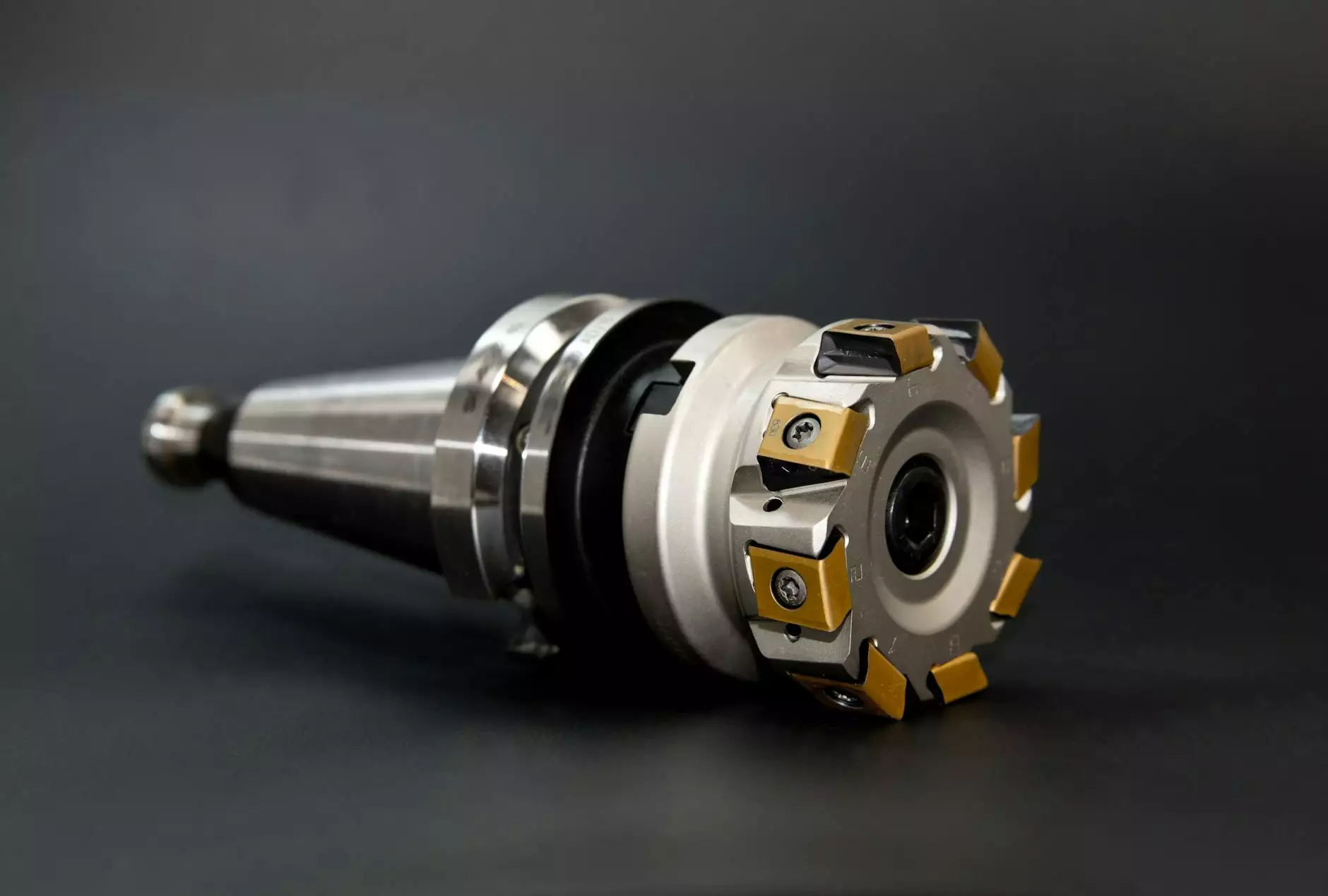Definition of the term Thermostatic Valve
Services Offered
The Importance of Thermostatic Valves
Thermostatic valves play a crucial role in various industries, providing precise temperature control in many applications. These valves are designed to regulate the flow of liquid or gas based on changes in temperature, making them an essential component in heating, ventilation, air conditioning, and refrigeration (HVAC&R) systems, among others.
How Thermostatic Valves Work
Thermostatic valves operate on the principle of thermal expansion and contraction. They consist of a temperature-sensing element, typically a wax-filled bulb or liquid-filled bellows, and a valve actuator. The temperature-sensing element expands or contracts in response to temperature changes, which then actuates the valve to control the flow of the medium.
Components of a Thermostatic Valve
A typical thermostatic valve consists of the following components:
- Temperature-sensing element: The sensitive element that detects changes in temperature.
- Actuator: The mechanism that converts the thermal energy into mechanical motion to control the valve.
- Valve body: The main housing of the valve, which contains the moving parts.
- Valve seat: The opening or closing mechanism that regulates the flow of the medium.
- Adjustment dial: Allows for manual adjustment of the valve's setpoint temperature.
Applications of Thermostatic Valves
Thermostatic valves find widespread applications in various industries due to their ability to provide accurate temperature control. Some common applications include:
- HVAC&R systems: Thermostatic valves are used in heating and cooling systems to maintain desired temperatures.
- Industrial processes: They are employed in industrial applications, such as food processing, chemical manufacturing, and pharmaceutical production, to ensure precise temperature regulation.
- Automotive industry: Thermostatic valves are used in automobile engines to control coolant flow and maintain optimum operating temperatures.
- Medical equipment: They are vital components in medical devices where temperature control is crucial, such as incubators, blood analyzers, and thermal imaging systems.
The Benefits of Thermostatic Valves
Thermostatic valves offer several advantages over other types of control valves. These include:
- Precision: Thermostatic valves provide precise temperature control, ensuring optimum performance and energy efficiency.
- Reliability: These valves are known for their robust construction, making them reliable even in demanding environments.
- Cost-effectiveness: By maintaining accurate temperature control, thermostatic valves can help reduce energy consumption and overall operating costs.
- Versatility: They can be used with a wide range of media, including liquids, gases, and steam, making them suitable for various applications.
Common Types of Thermostatic Valves
There are different types of thermostatic valves, each designed for specific applications. Some commonly used types include:
1. Self-acting Temperature Control Valves
Self-acting temperature control valves are widely used in HVAC&R systems. They consist of a temperature-sensing element and a valve actuator, which adjust the valve's opening and closing based on temperature fluctuations. These valves are simple to install and operate, making them ideal for residential and commercial heating and cooling applications.
2. Thermostatic Mixing Valves
Thermostatic mixing valves are primarily used in plumbing systems to control the temperature of hot water supply. These valves blend hot and cold water to maintain a desired temperature, preventing scalding or temperature fluctuations. They are commonly found in showers, faucets, and other water fixtures in residential, commercial, and healthcare settings.
3. Electric Thermostatic Valves
Electric thermostatic valves utilize electrical heating elements to control temperature. They are commonly used in applications where precise temperature control is crucial, such as scientific research, laboratories, and industrial processes. These valves offer rapid response times and can be integrated into automated control systems for seamless temperature regulation.
Conclusion
Thermostatic valves are essential components in various industries, providing accurate temperature control for improved performance and energy efficiency. Whether in HVAC&R systems, industrial processes, automotive applications, or medical equipment, these valves play a crucial role in maintaining optimum temperatures. By understanding the different types and benefits of thermostatic valves, you can make informed decisions about their usage in your specific application.




